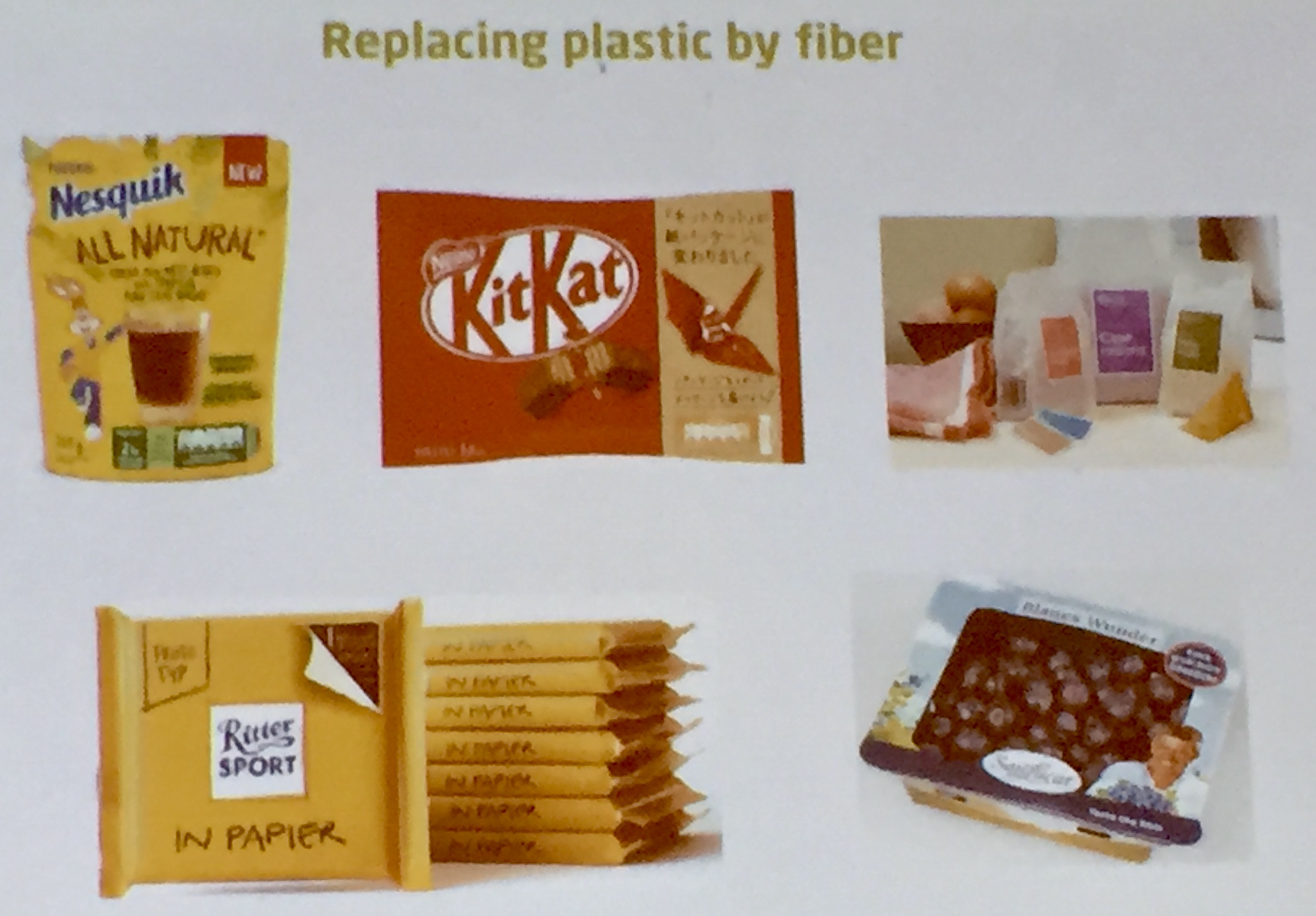Key issues for the specialty-papers market in 2022
By Mark A. Spaulding
The post-pandemic world will give rise to plenty of opportunities and also threats to the specialty-papers market. Current economic and supply-chain issues may see some operations close down but, for those that survive, many specialty-paper mill suppliers and converters will become increasingly international in scope and strategy. Successful mills will maintain flexible production and cultivate strong relationships with converters who have the most direct contact with end-user customers.
That sums up the opening keynote given by Dr. Graham Moore at last week’s Specialty Papers USA 2021 hybrid conference. The Smithers program, held in person at The Westin Hotel in Milwaukee, WI, for some 60 hearty attendees also drew another 150+ virtual participants from across the globe.

ABOVE: The eco-movement has led several major international brand names to move away from plastic packaging and embrace new specialty-paper and barrier-paperboard structures.
Here are some Converting Curmudgeon bullet points-of-interest:
- Worldwide specialty-papers production will reach about 25.3 million tonnes in 2021. The largest category – flexible packaging – will be about 5.2 million tonnes, followed by printing grades at 3.8 million tonnes globally. Other key applications include labels, décor, C1S packaging, release liners, security, and filtration.
- Infinite connectivity and transparency across all operations have become the norm as working and living practices changed due to COVID-19.
- There’s an increased requirement for innovation to meet growing needs for new, often niche, high-end products.
- With a greater appreciation of climate change and thus heightened environmental awareness, demands are in place to use fewer plastics in packaging and numerous other products, thus an opportunity for paper, paperboard and specialty papers.
- With social distancing and personal & work meetings via Zoom, Teams, etc., there’s growing evidence of “digital overload” and a desire for a return to “simpler” times. As digital fatigue creeps in, it offers another opportunity for paper, printing and written communication versus all things being online.
- Technical-presentation highlights of the conference included talks on real-world benefits from microfibrillated cellulose, charge management in the wet end, AI for automatic paper-quality improvement, CMC contribution to sustainable barrier applications, barrier starches for oil and grease resistance, a global PFAS conversation, compostable packaging solutions, fiber-based sustainable packaging, and a panel on brand-owner commitment to a more sustainable future.
My Thoughts: I enjoy attending the Specialty Papers USA conference each fall. It might have something to do with living in Wisconsin, whose northern third is nothing but managed forests and a good share of wilderness. But it also has plenty to do with learning about the latest trends and technical developments in this niche, value-added market for specialty papers and their broad applications from foodservice wrappers to flexible electronics. Keep an eye out for Converting Quarterly's 2022 Q3 issue with a Technology Focus on Specialty Papers and Coated Board. We plan to publish a handful of papers from the program.